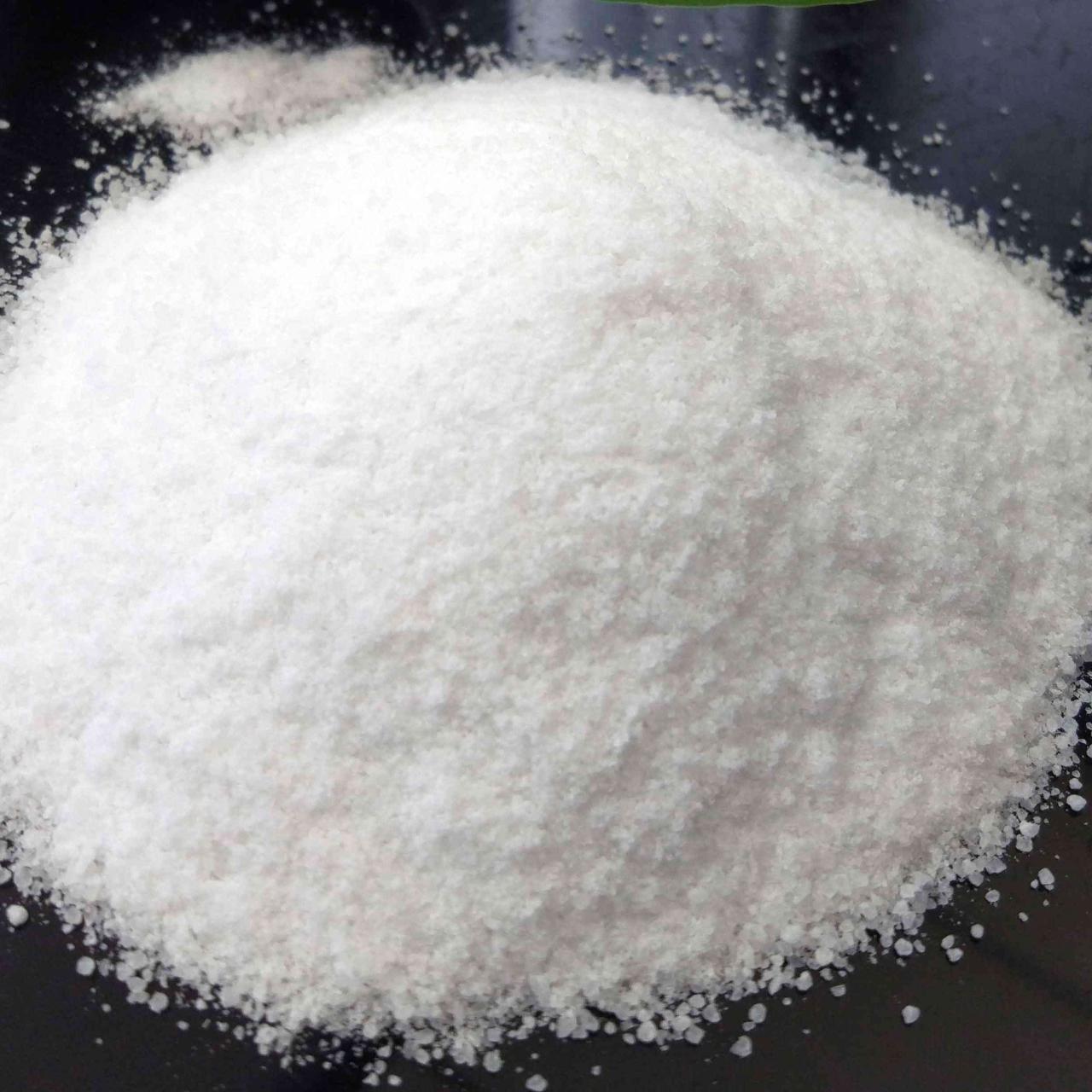The antioxidant effect of antioxidants is relatively complex, and its mechanism of action has many possibilities.
(1) Antioxidants reduce the oxygen content in and around food through reduction reactions. For example, some antioxidants themselves are easily oxidized. They can first react with oxygen in the air and ultimately protect food.
(2) Antioxidants can release hydrogen ions, which decompose the peroxide produced during the auto-oxidation process of oil. It is difficult to form aldehydes, ketones, acids, etc. Oxidation products.
(3) Antioxidants may combine with the peroxides produced to interrupt the chain reaction in the auto-oxidation process of oil, making the oxidation process difficult to proceed.
(4) Antioxidants can only prevent oxidation and delay the time when food starts to spoil, but cannot change the consequences of spoilage. Therefore, antioxidants must be present in fats and oils. Use before oxidation begins.

Development trends of antioxidants
Foreign countries attach great importance to the research and development of natural antioxidants. The main ones produced and used include phytic acid, oryzanol, etc.
1. Phytic acid
Inositol hexaphosphate is a type of B vitamin found in rice bran, bran and many plant seeds. It is widely found in plants in the form of mixed salts of calcium, magnesium or potassium.
It is a light yellow viscous liquid, easily soluble in water, ethanol, acetone, insoluble in anhydrous ether, benzene, and chloroform, and relatively stable against heat.
Extracted from rice bran or bran. At present, only Mitsui Toa Chemical Company of Japan has achieved industrial production. There is also small-scale production in China, but the purity is low and the price is high.
2. Oryzanol
oryzanol, also known as rice bran, is a mixture of several ferulic acid esters in rice bran oil with triterpene (en) alcohol as the main body. It is white or light yellow crystal or powder, insoluble in water. Soluble in ethanol and acetone.
3. Tea polyphenols
Tea polyphenols are extracted from tea leaves and contain four catechol compounds, which are polymers of polyphenols. It has antioxidant, anti-inflammatory, bactericidal and deodorizing properties. Japan has vigorously promoted it in the food industry. The tea polyphenols produced in my country have not been widely promoted and used due to quality, purity, selling price and other reasons.

 微信扫一扫打赏
微信扫一扫打赏

